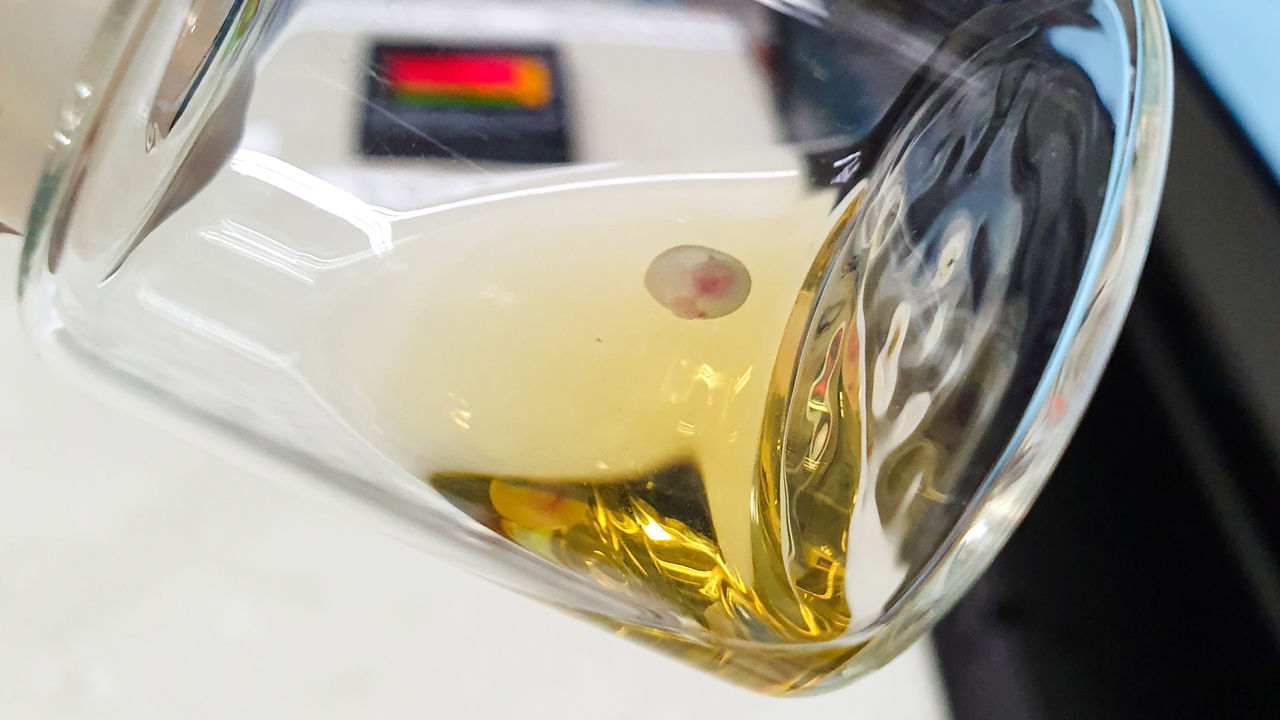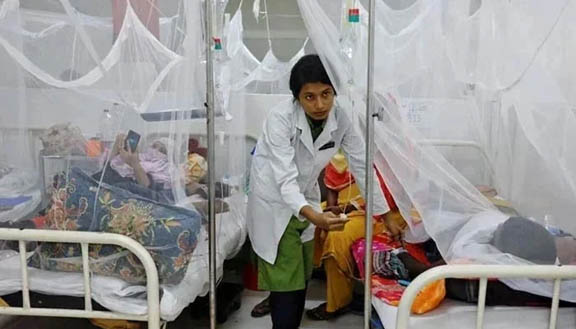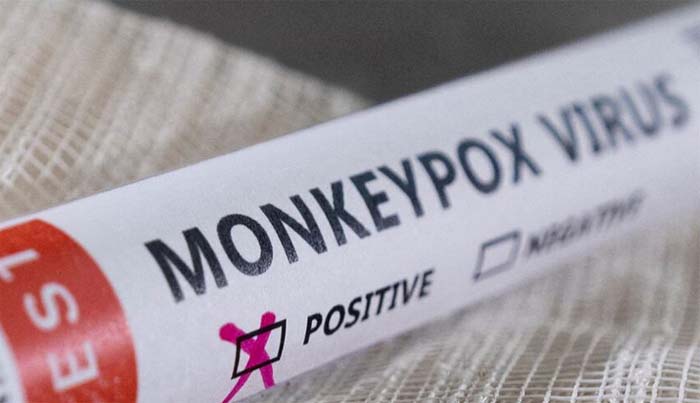Mouse embryos grown in vitro by Israeli researchers

Another step in “an explosion of new techniques and ideas for studying early development” of human embryos comes from Israel, where researchers have successfully grown mouse embryos for 12 days, which is about half the animal’s natural gestation period. The rough equivalent for a human would be a first-trimestre baby.

It seems that ectogenesis is coming closer – the Brave New World vision of hatcheries in gestating artificially conceived babies.
The lead author, Jacob Hanna, of the Weizmann Institute of Science, was interviewed about his work in MIT Technology Review. He acknowledge that there are ethical issues.
“I do understand the difficulties. I understand. You are entering the domain of abortions,” says Hanna. However, he says that researchers are already experimenting on and destroying surplus embryos from IVF clinics.
“So I would advocate growing it until day 40 and then disposing of it,” Hanna said. “Instead of getting tissue from abortions, let’s take a blastocyst and grow it.”
At the moment, the mouse embryos only develop if they have been attached to the uterus wall, at least briefly. But Hanna says that his team would like to grow the embryo entirely in vitro.
And if the 14-day limit for growing human embryos is scrapped, he looks forward to doing similar research on human embryos.
“Once the guidelines are updated, I can apply, and it will be approved. It’s a very important experiment,” says Hanna. “We need to see human embryos gastrulate and form organs and start perturbing it. The benefit of growing human embryos to week three, week four, week five is invaluable. I think those experiments should at least be considered. If we can get to an advanced human embryo, we can learn so much.”
Eventually it might be possible to grow embryos for their organs, according to William Hurlbut, a doctor and bioethicist at Stanford University. “I don’t think that organ harvesting is so far-fetched. It could eventually get there. But it’s very fraught, because one person’s boundary is not another person’s boundary.”







